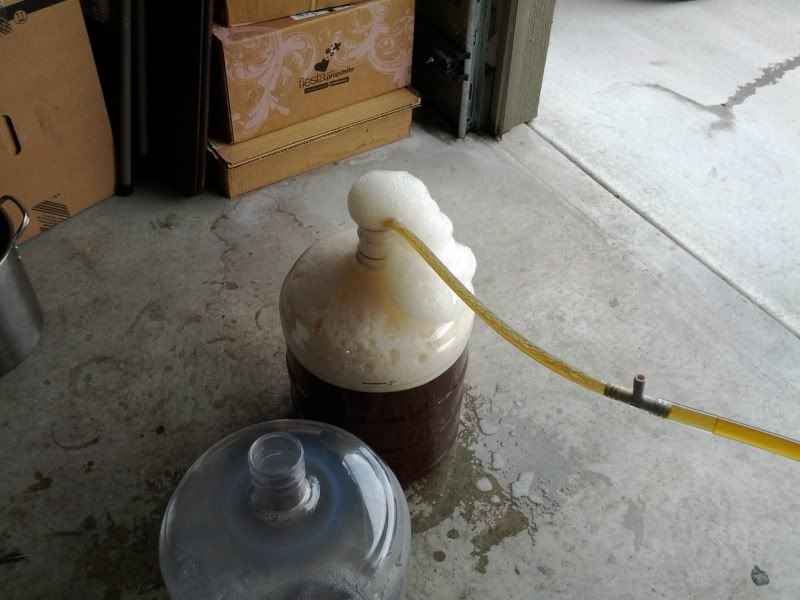i use pure o2- i gto a general feel for how much volume per minute my reg is putting out using gas displacement in a bottle filled with liquid held in a vacuum upside down in sink full of water- so i am saying from what i learned from this little science project (many thanks to ajdelange- getting me the hands on info over the hum of the equations) that i can very quickly produce a HUGE "head" of foam in my fermenter just by blasting my reg, or by not even using a stone at all. BUT this, in itself, doesn't mean my ppms of o2 for the solution are where i want them to be. If i run at the right rate, for the right amount of time, the foam on the top of the wort is not all that buxom. So i guess the moral is, the appearance of the top of your wort does not necessarily indicate the quantity of o2 in it.



